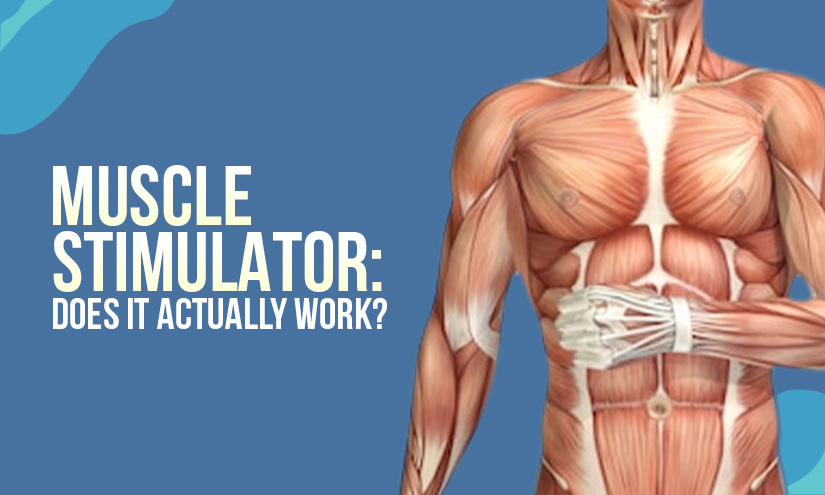Oxytocin’s Role in Muscle Wasting Treatment

According to a recent study conducted by researchers at the University of California, Berkeley, the bonding hormone oxytocin has the potential to maintain the muscle fibers healthy and to repair the damage associated with sarcopenia.
This condition, also referred to as age-related muscle wasting, is more accelerated in people aged 75 and older, but starts manifesting around the age of 40. In sedentary people, the loss of muscle mass can be as high as 3%-5% per decade, while inactive people age-related sarcopenia is less severe.
Although the loss of muscle mass and function is normal and will affect most adults and elders, it can be delayed, studies show. The research conducted by Dr. Conboy, associate professor of bioengineering at the UC Berkeley, suggests that oxytocin could turn into the latest treatment for age-related sarcopenia.
Produced by the pituitary gland, this hormone seems to improve muscle and bone health, previous studies list oxytocin as a potential solution for reversing the symptoms of osteoporosis and anorexia nervosa. In this new study, old and young mice have received oxytocin injections, but results have shown that in young mice the hormone had little to no effect on muscles’ strength and structure.
On the other hand, suppressing the production of this hormone in young mice made them more prone to premature aging. In the older mice group, the additional dose of hormone was effective in combating muscle damage, the repair of fibers being at about 80% of what was seen in young mice.
Sarcopenia causes and solutions
In healthy individuals, muscle mass begins to decline at a rate of 1% per year, after the age of 45. Although the loss is gradual, it can be accelerated by an inadequate protein intake, by the lack of physical activity as well as by conditions that prevent one from using their muscles and bones at full potential. When linked with osteoporosis, sarcopenia makes one prone to fractures, as it increases frailty.

The loss of muscle mass can lead to a decrease in physical endurance and stamina and can prevent one from practicing intense physical activities. This causes, in turn, an accelerated reduction in muscles’ strength and mass, so it’s a vicious cycle that can only be broken by practicing regular exercises and consuming an adequate amount of protein and bone-friendly foods.
Sarcopenia can be caused by a decrease in the levels of certain hormones, among which growth hormone and testosterone, as well as by a reduction in nerve cells responsible for signaling the brain to initiate muscle movements. In the first case, oxytocin could become an alternative to hormone replacement theory, researchers suggest.
As with many other age-related conditions, the best treatment for sarcopenia is prevention. If your job is rather sedentary, try to practice at least 30 minutes of strength exercises 3 times a week, targeting the major muscle groups.
You can work with resistance bands, weights, or using your bodyweight only, as long as you focus on all the important muscles and perform full-body workouts. Resistance training has been proven useful for the prevention and treatment of sarcopenia, so it’s recommended to incorporate it into your routine as often as possible to minimize muscle mass loss.
We’d like to hear your opinion on this topic! Join our Facebook community and share your thoughts with us!












